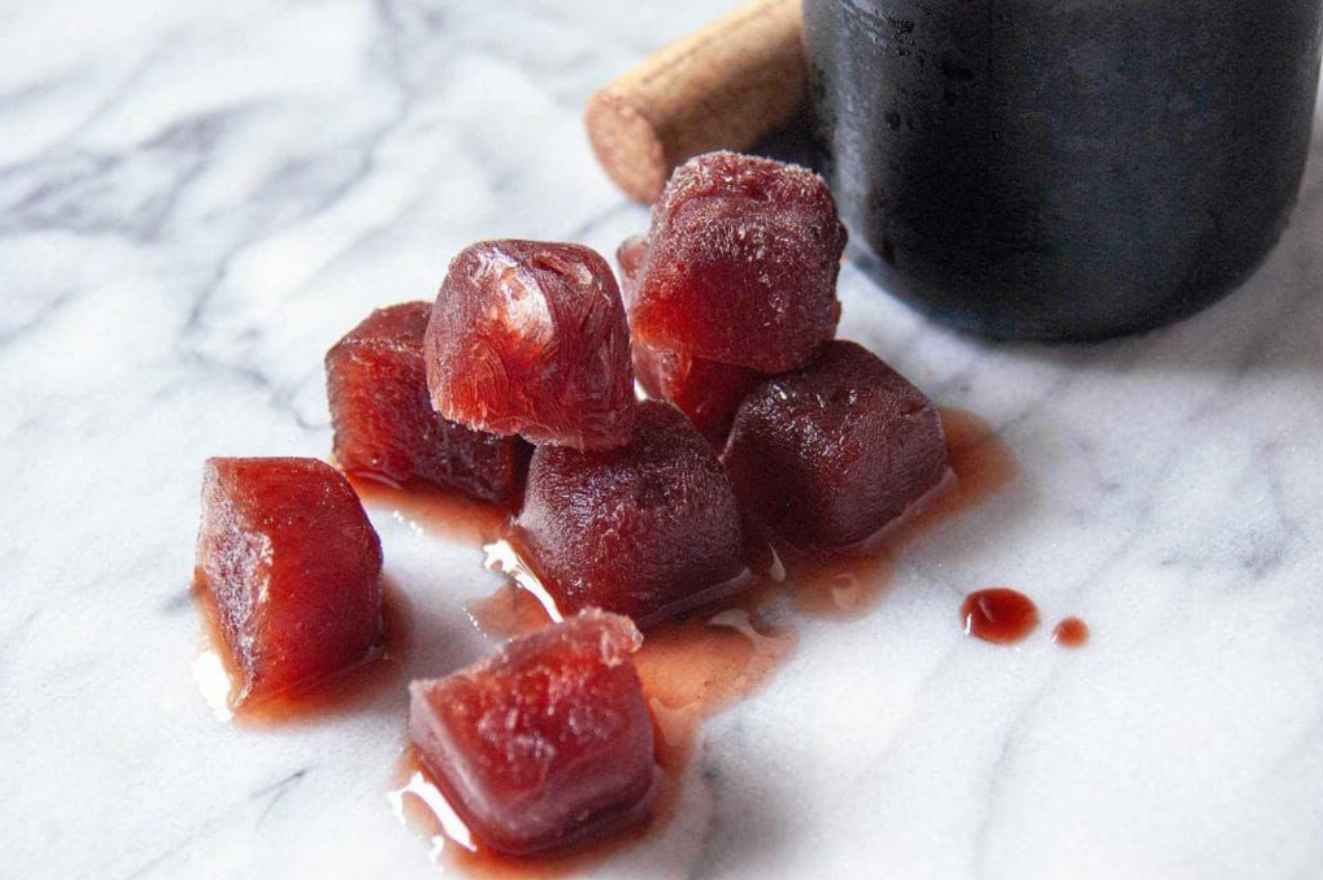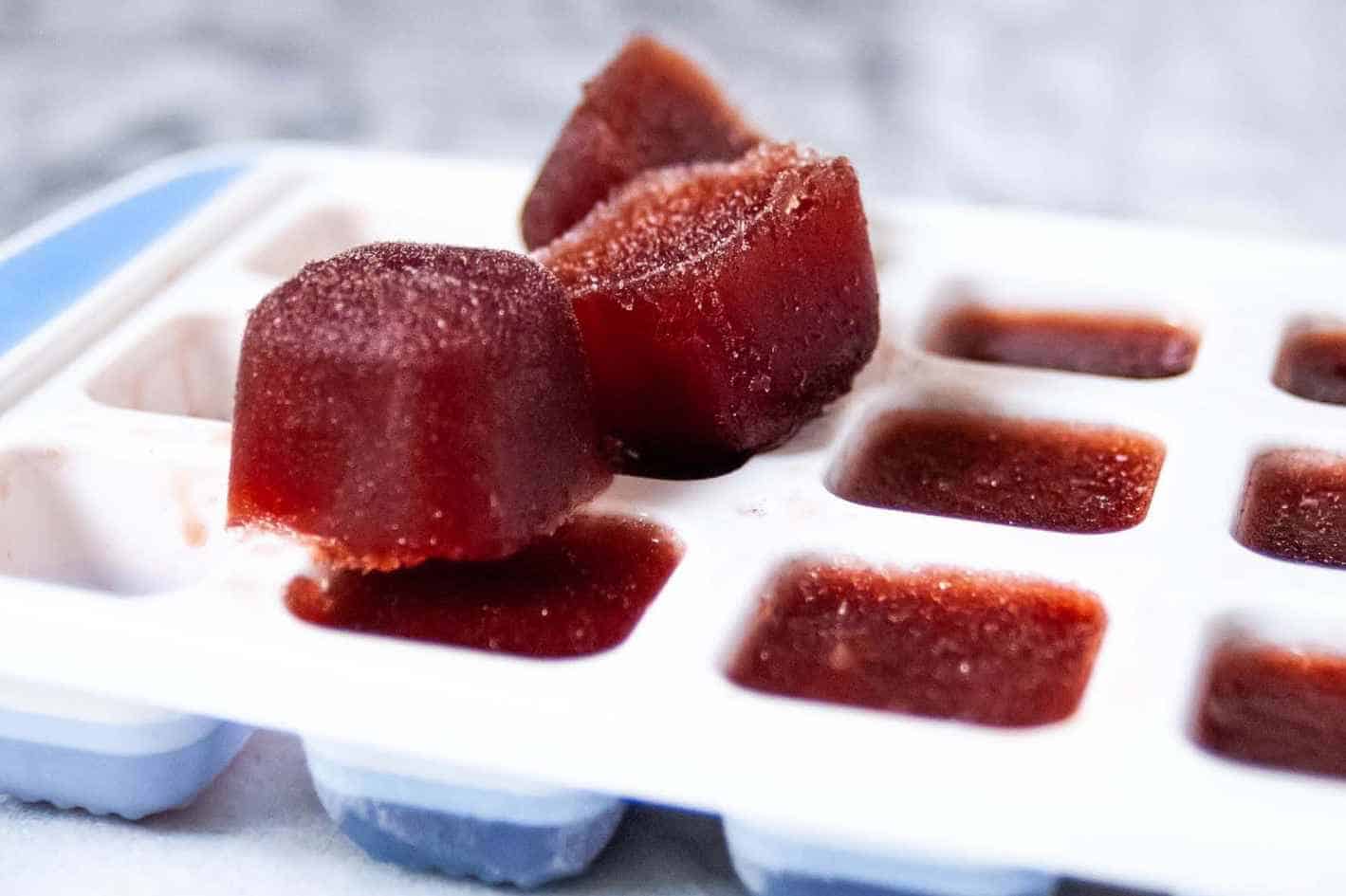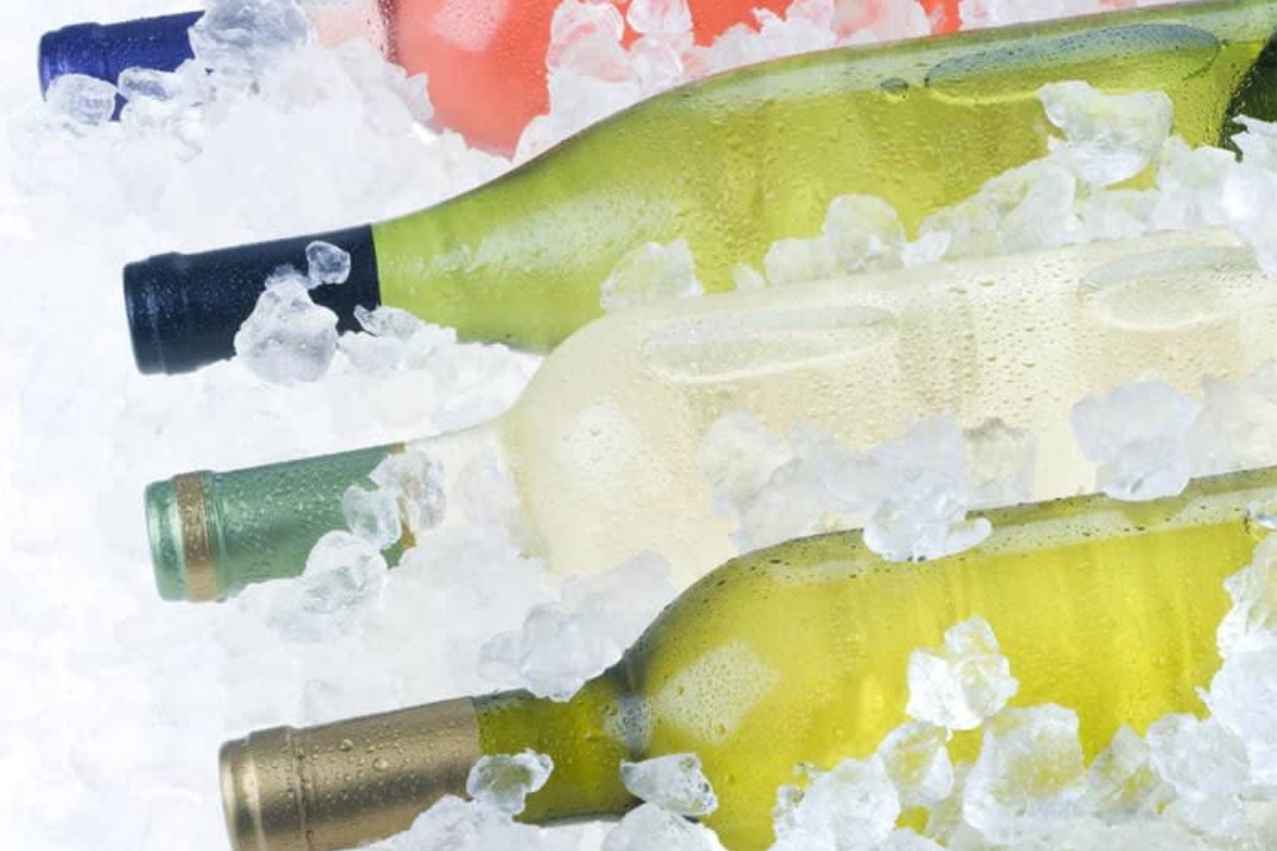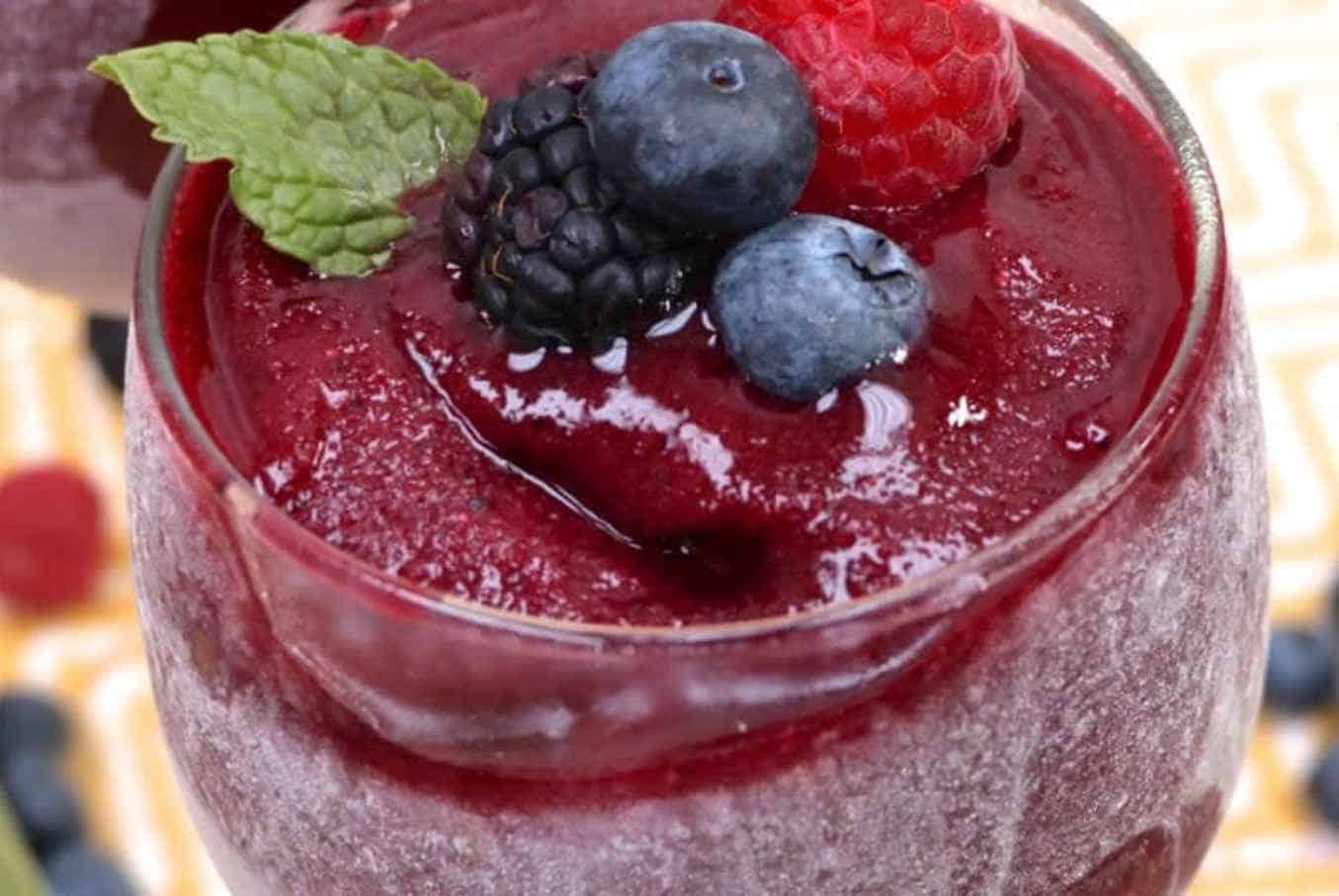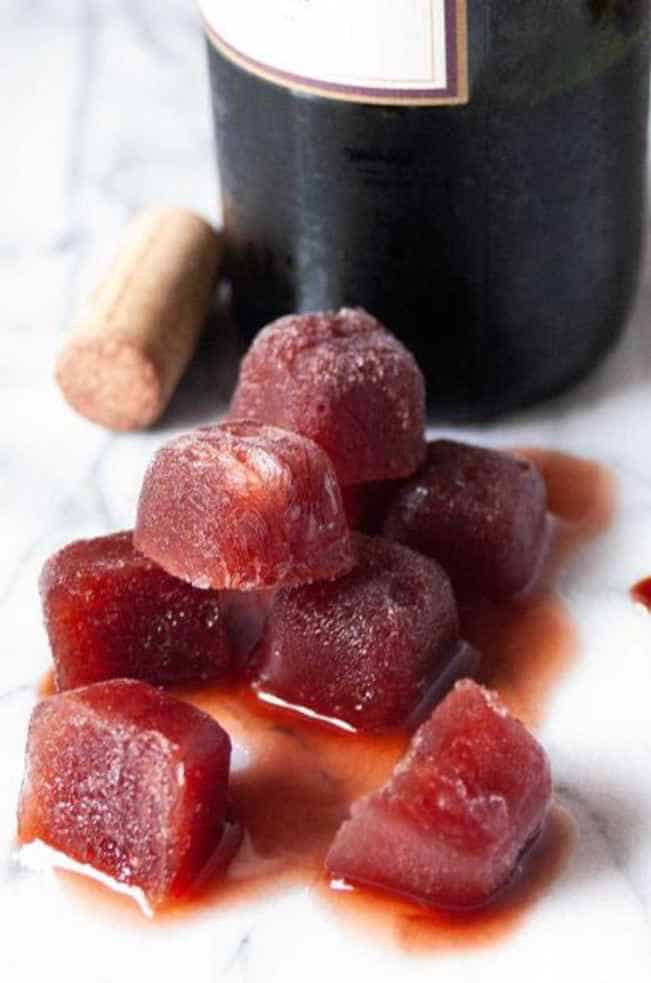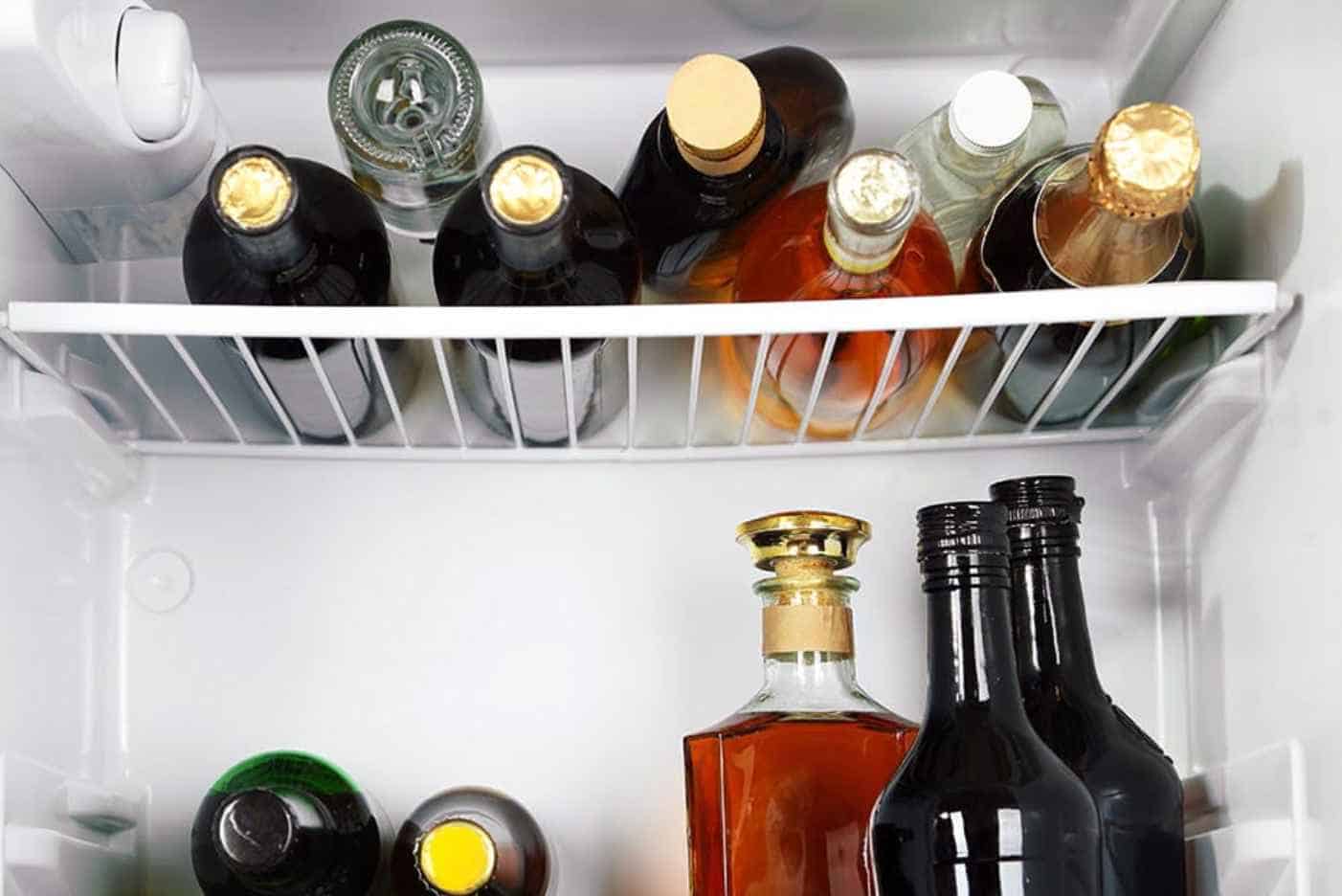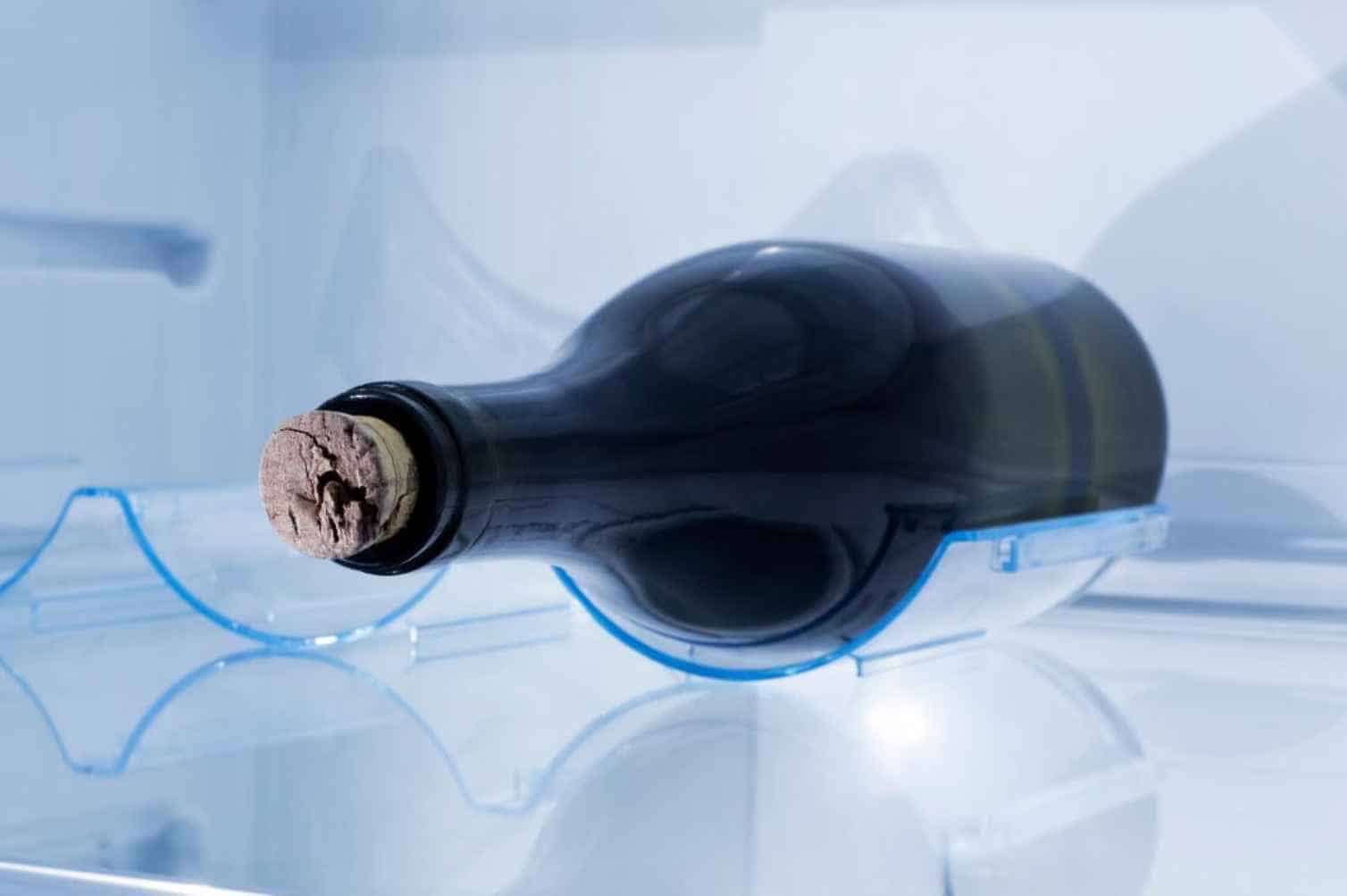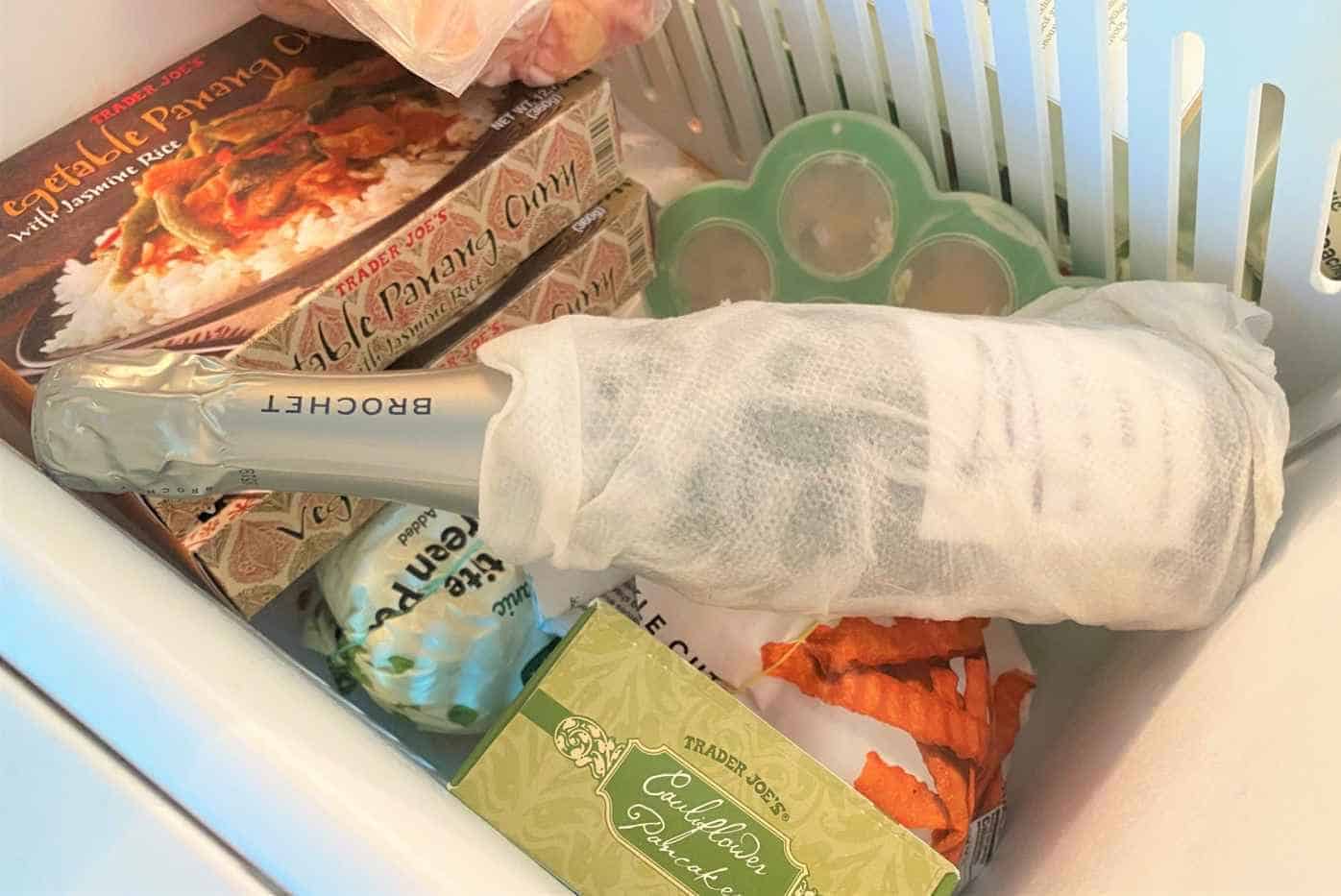For wine lovers, there’s a common question about whether wines freeze. And if it does, what temperature does wine freeze? And is it safe for people to drink wine thawed out of the freezer? We’ve got you covered if you’re curious about frozen wine.
Whether you accidentally put a bottle of wine in the freezer or you want to have chilled wine, we have it here. In this article, we’ll take about wine’s freezing point and everything you need to know. So, let’s get moving!
Why do Wines Freeze?
Unlike other liquor or beverage, wine freezes because of its alcohol content. Contrary to popular opinion that liquors or spirits will not freeze, wines do freeze. Since wine contains a lot of alcohol, it will freeze at a lower temperature.
In addition, the color of the wine is not the factor if it can be frozen or not. It’s always the alcohol content. Since white and red blends generally have the same alcohol level, you would find them the same when exposed to freezing conditions.
What is the Ideal Temperature for Wine?
Before we delve further into the wine’s freezing point, let’s first know what the proper storage temperature for wines should be. The ideal temperature for wine is about forty-five to sixty-five degrees Fahrenheit.
For a quick overview, you can serve light and fruity red blends slightly chilled around fifty-four to fifty-six degrees Fahrenheit. On the other hand, medium-bodied red blends can be done around fifty-six to sixty degrees Fahrenheit. And lastly, you can offer full-bodied red blends at sixty-one to sixty-five degrees Fahrenheit.
What is the Wine’s Freezing Point Temperature?
The wine’s freezing temperature depends on its overall alcoholic amount. Generally speaking, the average amount of alcohol in a bottle of wine is 12.5%. From there, we can conclude that the standard wine’s freezing point is 22.5 degrees Fahrenheit or -5.27 degrees Celsius.
However, the exact temperature may always vary depending on the wine’s alcohol content. The golden rule of thumb one must keep in mind is that the more alcohol that wine possesses, the lower its freezing point will be.
To know more about the wine’s freezing point and its connection to alcohol content, the University of Illinois crafted a table. This chart shows precisely at what temperature wine freezes.
But for a disclaimer, the stated temperatures won’t be that precise since other non-alcoholic contents like sugar and other solutes may impact the wine’s freezing temperatures.
So, if you want to find out your wine’s freezing point, you may check out this table occasionally. Here we go!
| Ethanol or Alcohol Amount (Percentage) | Freezing Point in Fahrenheit | Freezing Point in Celsius |
| 0% | 32 | 0 |
| 10% | 25 | -4 |
| 20% | 15 | -9 |
| 30% | 5 | -15 |
| 40% | -10 | -23 |
| 50% | -25 | -32 |
| 60% | -35 | -37 |
| 70% | -55 | -48 |
| 80% | -75 | -59 |
| 90% | -110 | -73 |
| 100% | -175 | -115 |
Source: https://van.physics.illinois.edu/qa/listing.php?id=1640&t=freezing-wine
What Happens When Wine Freeze?
The truth is there is nothing terrible with frozen wine. It is safe to drink. However, freezing a wine would not be suitable for every occasion since it can alter the drink’s quality and taste, specifically red wine.
So, let’s take a picture in mind of what happens when wine freezes. Once you allow the wine to be exposed to low temperatures, the acid will turn into tartar crystals. Later, this element would slowly change and affect the wine’s flavor. Further, when wine freezes, it expands and pushes the cork or the stopper.
While one might think this might be a better idea, the wine’s expansion can lead to severe consequences. So, let’s take a further look at what will happen once the wine freezes.
Oxidation
The first usual scenario we could see once wine freezes would be breaking the bottle’s seal or cork. Once the breakage happens, the wine will be exposed to air. The truth is oxidation is sometimes good for the wine if it is done quickly, correctly, and adequately.
However, the danger lies when the wine is exposed for extended periods since it will significantly impact the beverage’s flavor. What’s even worse is oxidation can turn your favorite wine into vinegar.
And the second situation you can expect is when wine freezes, it could break the wine’s glass bottle. Cracks could happen, and the whole wine would be put to waste.
Freezer Burn
Freezer burn happens when food and drinks, including wine, are left exposed to air for a long time. However, this scenario is different from regular oxidation. If wine suffers from a freezer burn, it will eventually lose its water content and dry up.
As you might be aware, a freezer is the last thing for wine storage. If one kept the wine inside the freezer for a long time, its aroma and flavor profile would be altered entirely and flattened. Once the tannins and alcohol content of the wine change, you cannot use it either as a cooking ingredient or beverage.
If you want to know how to store wine properly, check out our other article on wine preservation.
Can You Place Wine Inside the Freezer?
Of course, yes! If you want to put your wine in the freezer, you can safely do so. One of the best tips on wine storage is keeping it in the dark. And the freezer may be an excellent place for your favorite wine. However, it’s not that straightforward.
As said earlier, its flavor may change when a wine is frozen for a long time. But a frozen wine does not necessarily mean that it’s already ruined. The wine’s taste would not automatically be bitter.
A frozen wine is not a big deal if its bottle is not destroyed or its cork is not broken. Oxidation is the only biggest threat when storing wine in the freezer. If a wine is exposed to oxygen, it would be better not to consume it.
Further, while it is generally safe, drinking a frozen wine is not that enjoyable. But if you have a firm wine at home, you can use it in other ways than drinking, such as cooking.
How Long Will It Take for Wine to Freeze?
If you store it in a standard kitchen freezer, it will take at least five hours for the wine to freeze. Usually, you can find a kitchen freezer around 0 degrees Fahrenheit, way below wine’s freezing temperature. That is why you can probably find the wine becoming solid and frozen in a few hours.
Surprisingly, you will never have a frozen wine if you keep it at its exact freezing temperature and not below. That’s why sometimes wine may be slushy instead of frozen. So, the next time you want to freeze your wine, place it at a temperature much lower than its freezing point.
Things to Remember When Keeping Wine in the Freezer
- Freezing wine can be destructive. Basic science tells us that since wine is a liquid, it will contract and expand once it’s frozen. Plus, there’s a massive pressure inside the wine bottle that the glass cannot tolerate for extended periods. Because of this, there’s an increased chance that wine bottles could crack. So, if you’re planning to freeze wine, transferring it using other containers will be helpful. For instance, you can put wine on a silicone ice cube tray. Or you can use a zip lock or wrap the wine bottle with plastic before placing it in the freezer. Another excellent idea would be using plastic containers with screw-on lids and freezer-safe.
- A chilled beverage is not a result of frozen wine. Most of the time, when a wine is settled, it becomes a ruined drink, especially when red wine is frozen. Since freezing can alter the authentic flavor and aroma profile of the wine, it will not be a great beverage after all.
- Unlike water or other beverages, frozen wine will not magically turn to liquid in a few minutes. It will take around three hours for a wine to become liquid again. So, if you like to freeze your wine, you might need to wait a long time to drink it once you have thawed it outside the freezer.
What Are the Alternatives to Serve Chilled Wine?
Freezing wine is not a terrible thing. But there are a bunch of things to consider. At the same time, one might think that putting wine in the freezer is probably the easiest and best thing to have chilled wine. There are other ways you can do it. So, here are the faster and safer options to have chilled wine.
- Use the Salty Ice Bucket Method. The first safest method you can chill your wine is through having an ice bucket. Put the wine bottle inside an ice bucket and fill it with ice, salt, and salt. Here’s an interesting trivia. Salt lowers the ice’s melting point. If you put around 3o grams of salt mixed with ice and a liter of water, the wine’s freezing point reduces by one degree.
- Add some frozen grapes. Another fantastic option would be adding frozen grapes instead of ice cubes in the wine glass. These grapes can chill your favorite wine and will not weaken it.
- Try the Paper Towel Wrap Method. Collect a few sheets of dish or paper towels. Soak them and wrap them around your wine bottle. Afterward, freeze the wine bottle for fifteen to twenty minutes. Make sure to check it from time to time.
Final Thoughts on Wine’s Freezing Temperature
Wines do freeze because of their alcohol ingredient. While it is safe to drink frozen wine, and it’s not an entirely bad thing, it will always be best to store your wine in a wine cellar at its ideal temperature.
After all, too much freezing can damage your favorite wine! And if you still like chilled wine, check the alcohol content of your favorite wine and match it with the chart we provided for you!

George Moore, co-founder of Wine Flavor Guru, is a charismatic entrepreneur with a rich background in California’s wine industry. Alongside Sylvia, he transformed a Sonoma County vineyard into a source of premium wines. George’s expertise in sourcing exceptional grapes and his approachable style make wine appreciation both accessible and engaging.
